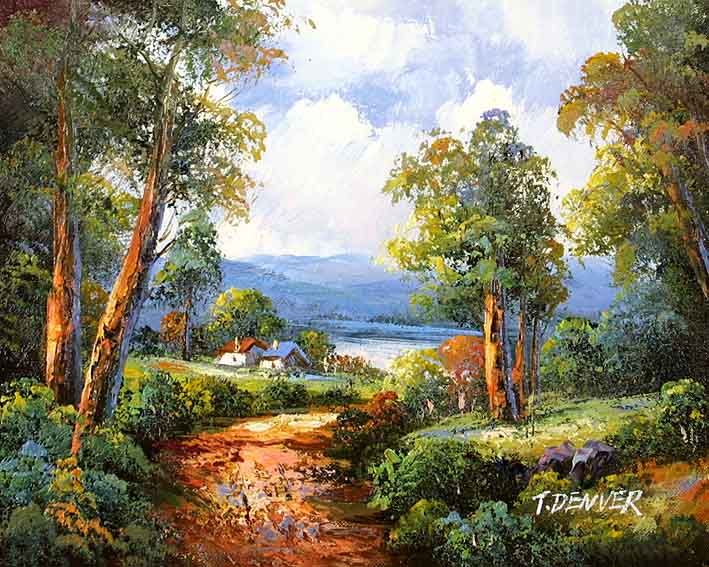Douglass
describes quite a few different slave drivers.
There are two masters he talks about, Captain Anthony and Colonel
Lloyd. Captain Anthony was not a nice
master; he was cruel and inhumane. He
took pleasure in whipping his slaves, in particular an Aunt of Douglass that he
remembers. Captain Anthony’s overseer is
Mr. Plummer. He is described as “a
miserable drunkard, a profane swearer, and a savage monster.” He, too, loved to whip the slaves, and always
carried a cowskin and heavy cudgel.
Colonel Lloyd’s plantation went through a few different overseers. The first described is Mr. Severe, aptly
named. “He seemed to take pleasure in
manifesting his fiendish barbarity.” He
died soon after Douglass was sold to Colonel Lloyd, and he was replaced by Mr.
Hopkins, who Douglass said was “less cruel, less profane, and made less noise,
than Mr. Severe.” After Mr. Hopkins was
Mr. Austin Gore, who was the worst described.
“He was cruel enough to inflict the severest punishment, artful enough
to descend to the lowest trickery, and obdurate enough to be insensible to the
voice of a reproving conscience. He was,
of all the overseers, the most dreaded by slaves.”
Douglass
shows different ranges of overseers, from Mr. Hopkins, who was the least
severe, to Mr. Austin Gore, who was the cruelest. He never says why he shows this range of overseers,
but it could be that he wanted people to know that not everybody was
disgustingly cruel to the slaves. Mr.
Hopkins did whip the slaves, but he took no pleasure in it. It also, when putting the experiences with
Mr. Hopkins next to the experiences of Mr. Austin Gore and Mr. Severe, really
reveals just how horrible the actions of the two latter overseers were. It shows the range of people in general from
that time period, and helps the readers understand what it was like to be a
slave for these ever-changing overseers.
